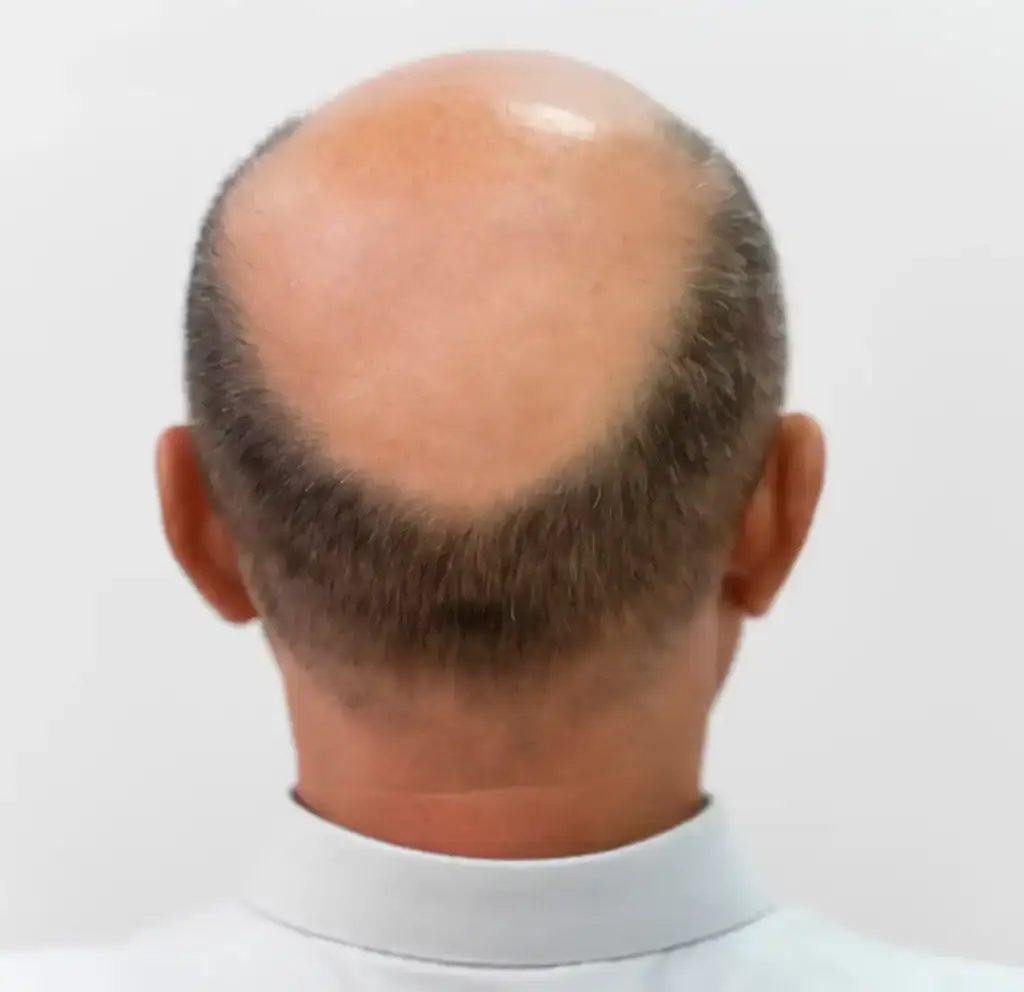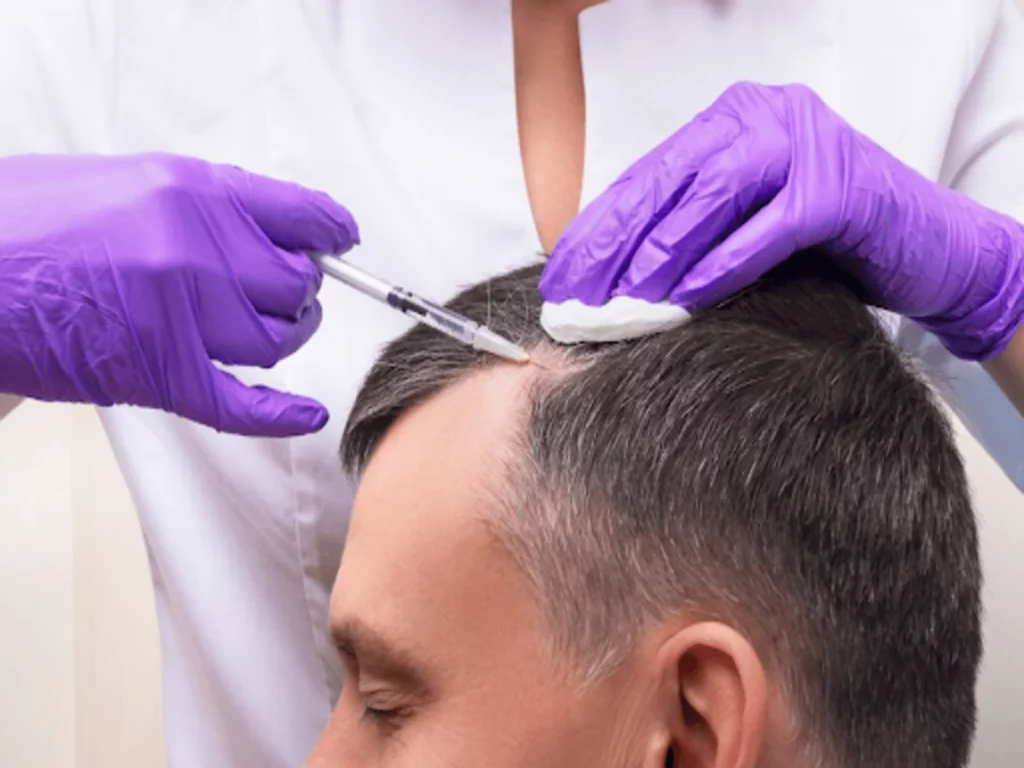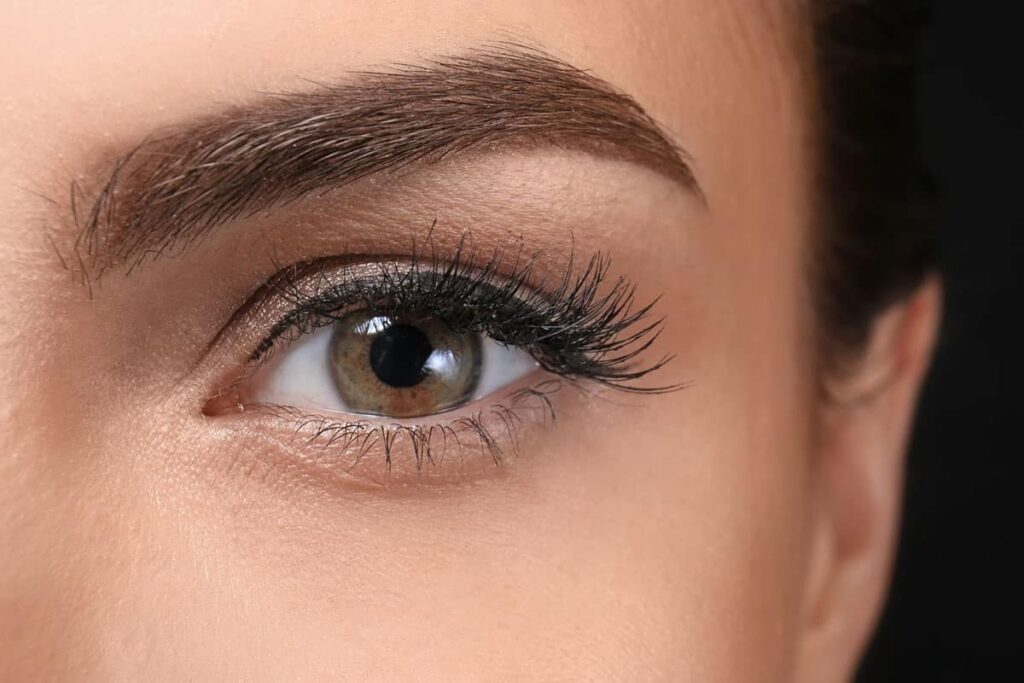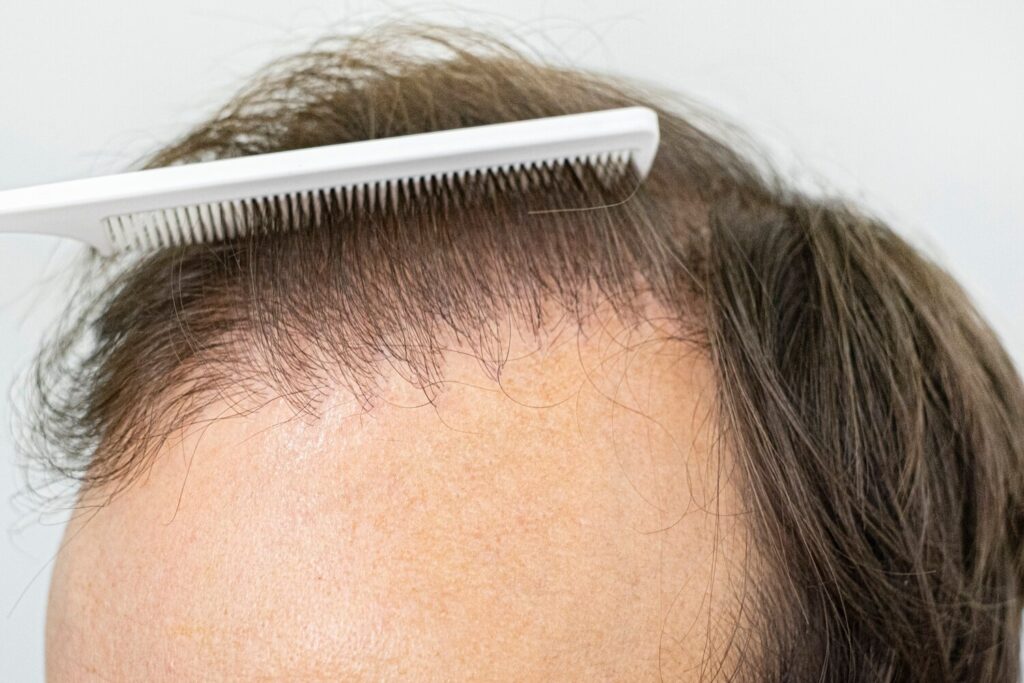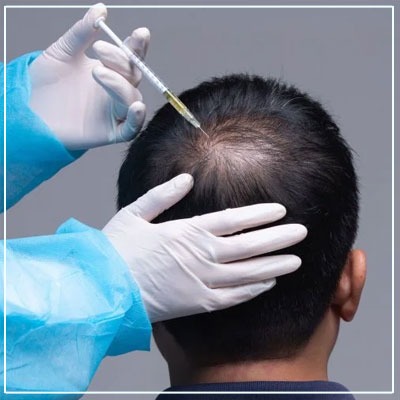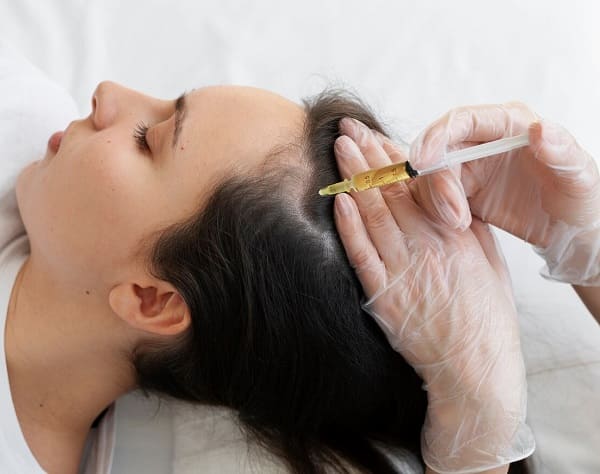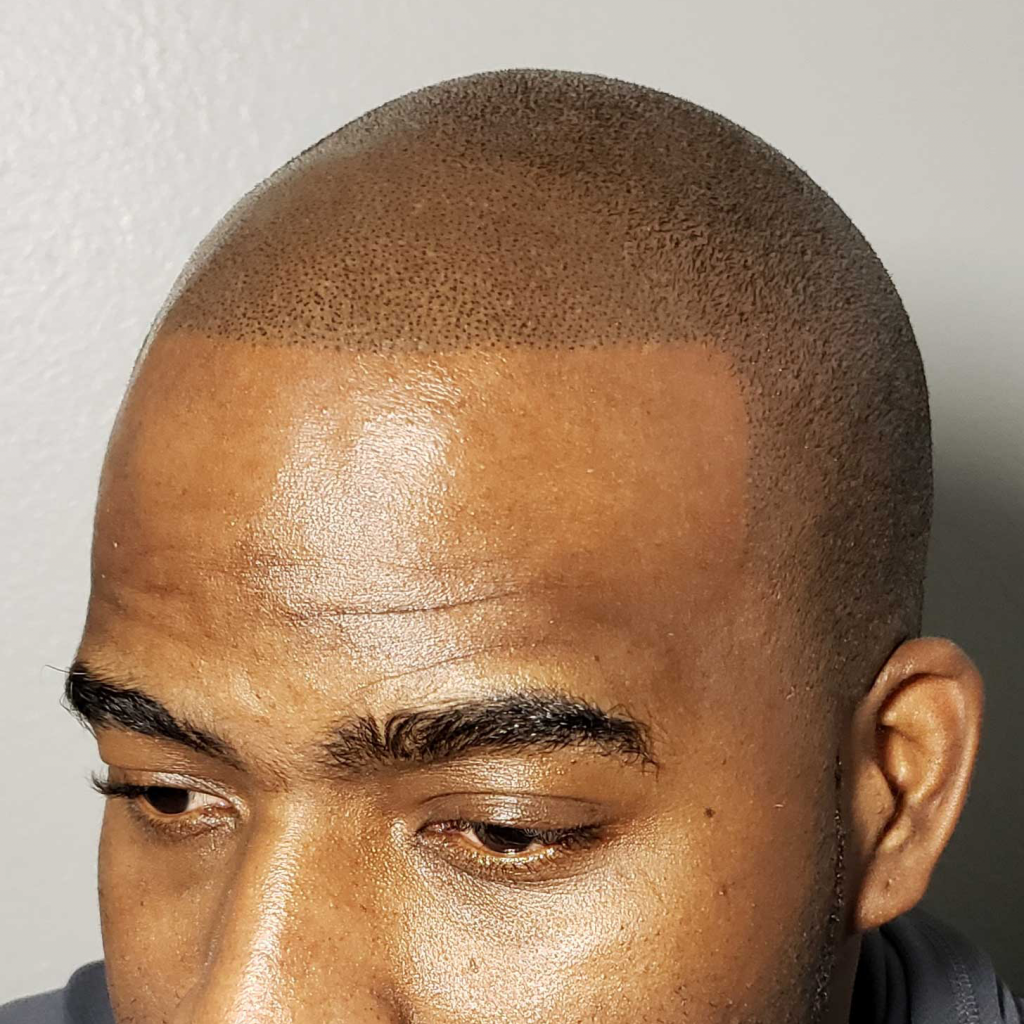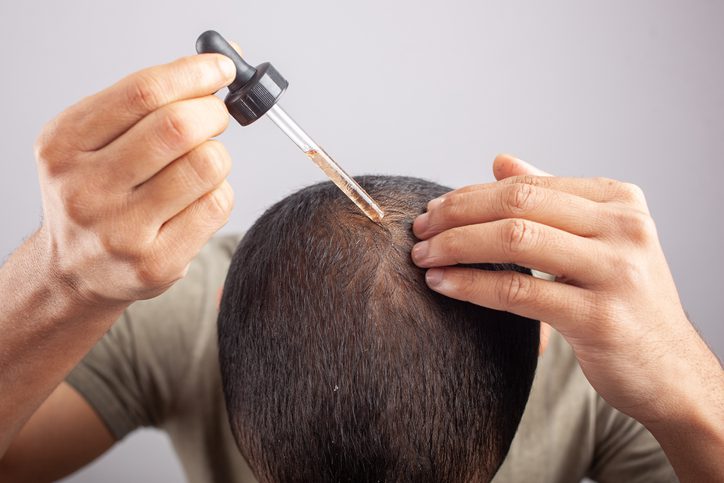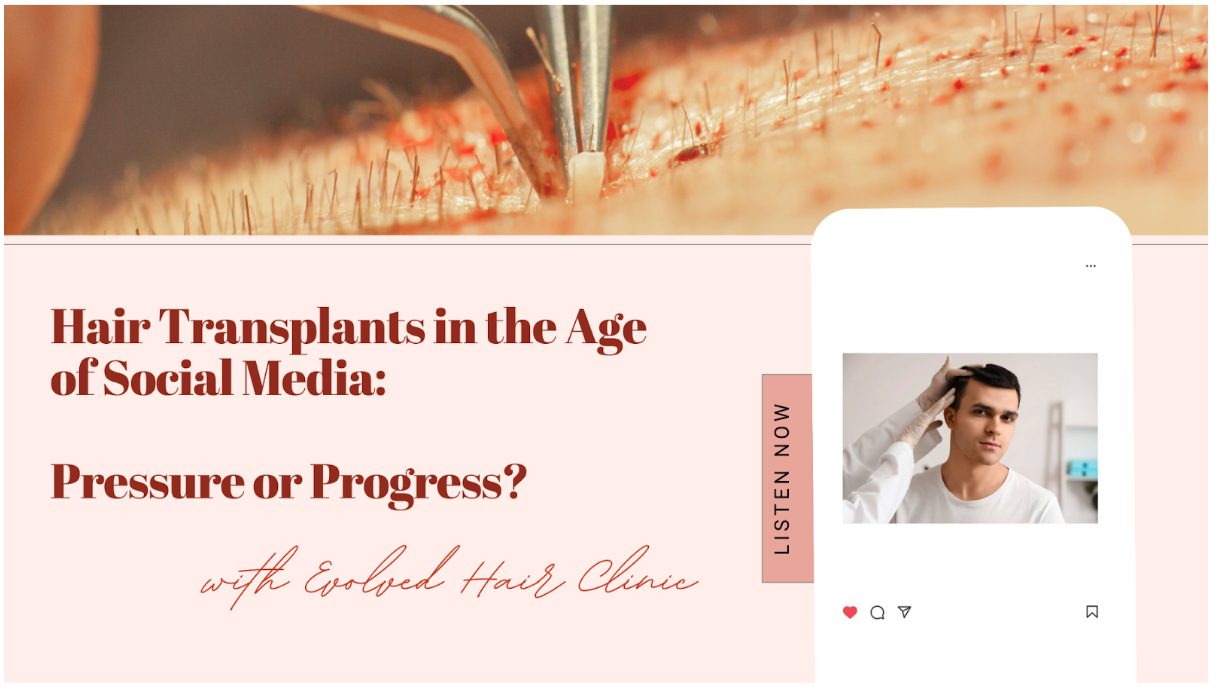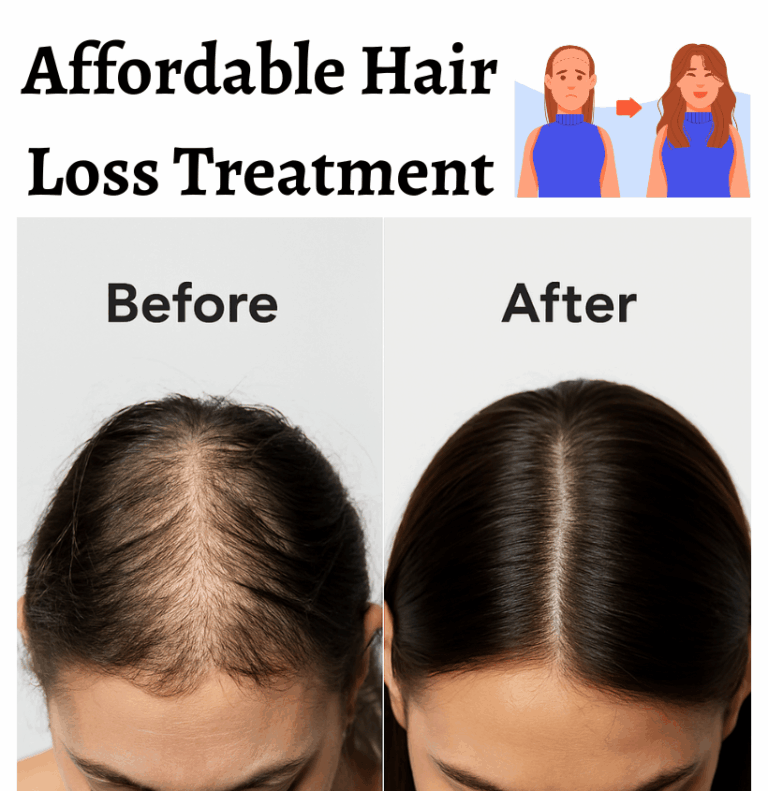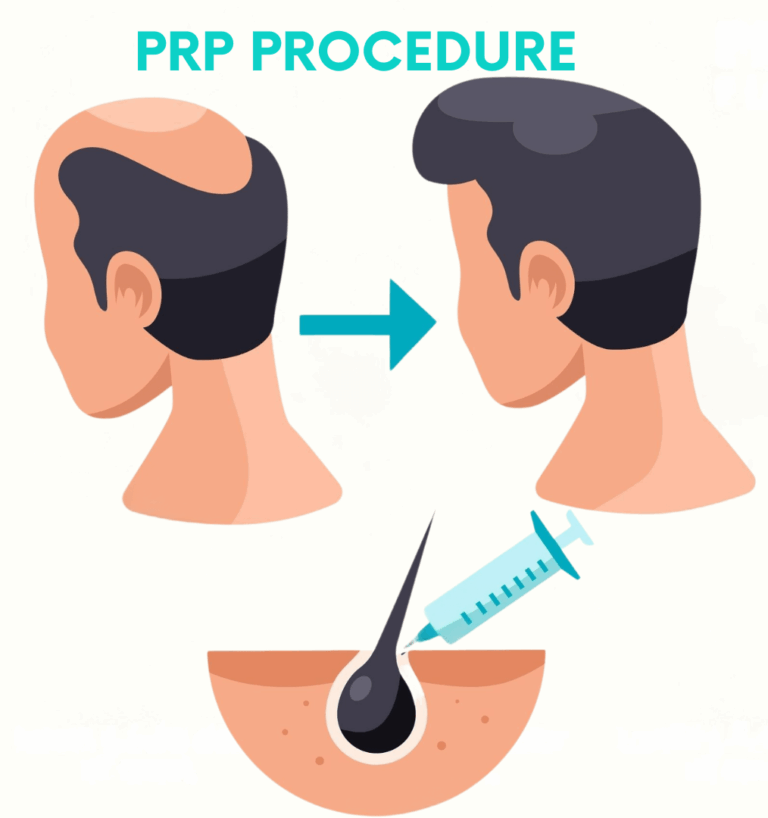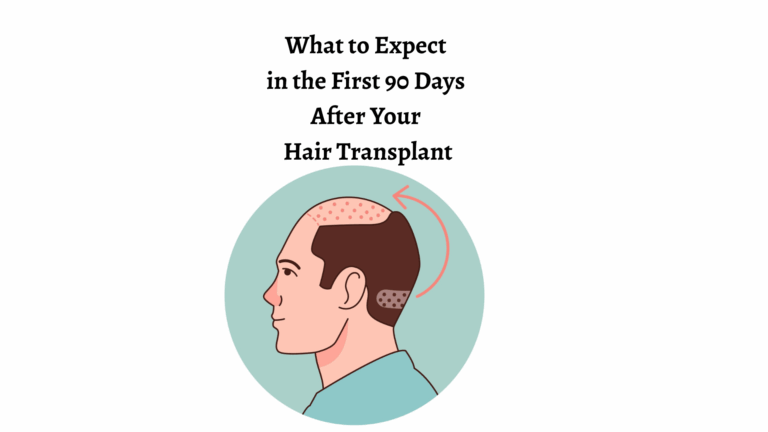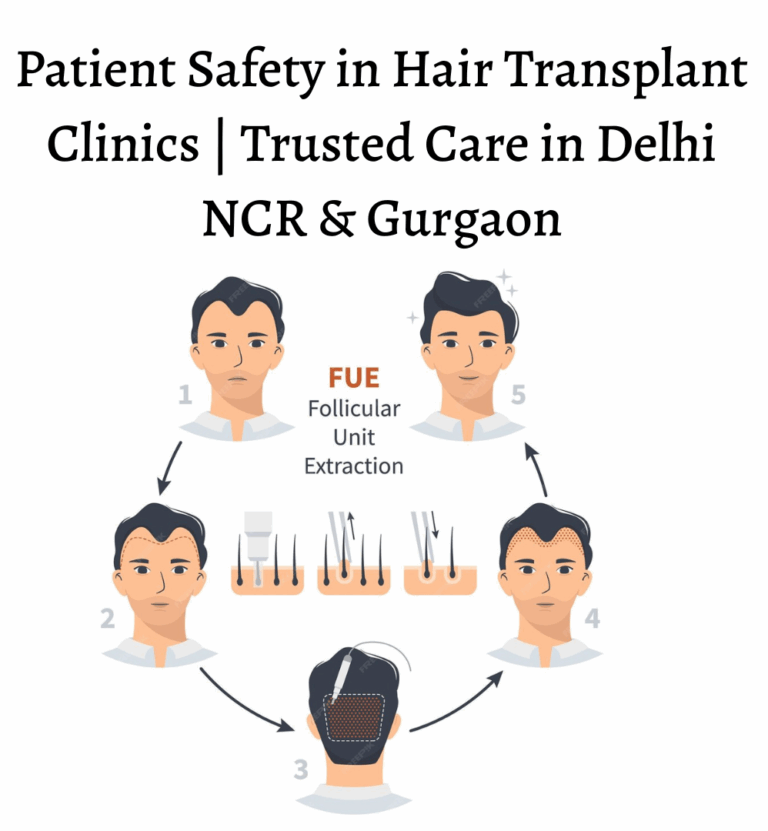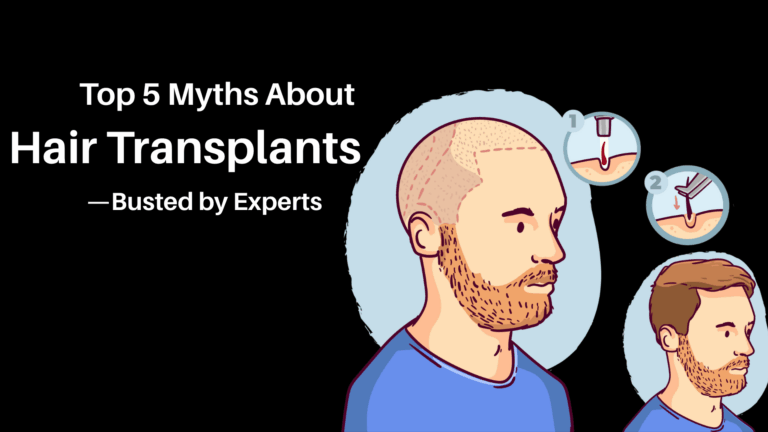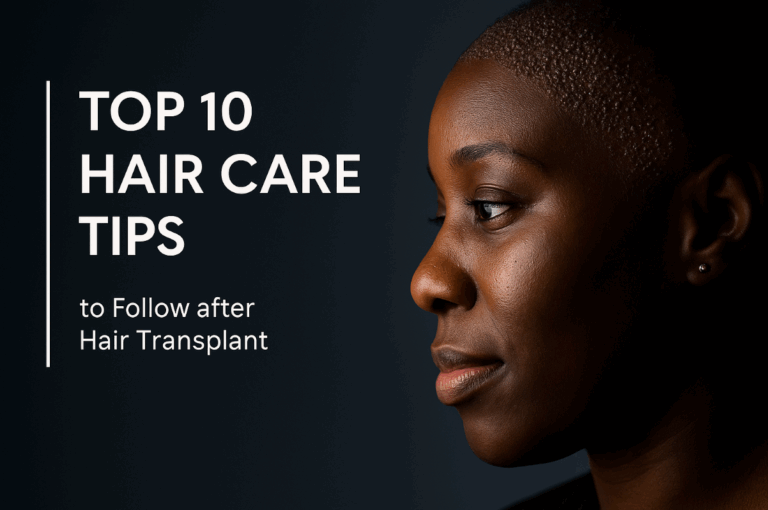In today’s digitally driven world, social media has redefined beauty standards and self-image. Platforms like Instagram, TikTok, and YouTube have given rise to influencers showcasing their transformations and lifestyle choices, and one area that has seen a notable surge in popularity is hair transplantation. But this growing visibility raises a key question: Are hair transplants today a step toward self-empowerment, or are they a result of societal pressure?
Let’s explore the evolving narrative of hair transplants in the age of social media—is it pressure, progress, or perhaps a bit of both?
A Brief History of Hair Transplantation
Hair transplantation has evolved significantly over the past few decades. The earliest known procedures date back to the 1950s, when dermatologists used punch grafting to move hair from one part of the scalp to another. These methods were rudimentary and often resulted in unnatural-looking “doll hair” appearances.
By the 1990s and 2000s, techniques like Follicular Unit Transplantation (FUT) emerged, improving both success rates and aesthetic outcomes. FUT allowed surgeons to transplant hair in natural groupings, offering more realistic density and coverage. The most recent breakthroughs, such as Follicular Unit Extraction (FUE) and Direct Hair Implantation, now offer minimally invasive procedures with faster healing times, reduced scarring, and natural-looking results.
Today, advanced robotics, AI-assisted precision, and cutting-edge tools have further refined the field, making hair restoration more accessible, effective, and discreet. These innovations have opened doors for millions who previously had limited treatment options.
Furthermore, the industry has shifted from merely addressing hair loss to enhancing self-image and confidence. The emergence of trichology clinics, specialized dermato-surgical centers, and custom hairline design consultations highlight the maturing nature of this field.
The Rise of Hair Transplants on Social Media
In the last decade, hair transplant clinics have embraced social media marketing as a core strategy to educate, engage, and attract clients. The transformation visuals, often shared as Instagram before-and-after hair transplant posts, create a powerful impact. These visual proofs have fueled a perception that a fuller head of hair equals youth, confidence, and success.
TikTok has become a hotspot for hair restoration narratives. Search hashtags like #HairTransplantJourney or #FUEresults, and you’ll find thousands of patient vlogs and influencer endorsements. These short-form videos often show behind-the-scenes footage of procedures, daily recovery logs, and dramatic before-after clips—offering raw, relatable insights.
YouTube, on the other hand, provides space for long-form testimonials, clinic walkthroughs, and expert interviews. Many hair transplant specialists now maintain their own channels, helping demystify complex procedures. These platforms have been instrumental in normalizing hair restoration for younger and older demographics alike.
Moreover, influencers with massive followings openly sharing their natural hair transplant experiences are shifting societal attitudes. The stigma around cosmetic interventions is fading, and informed decision-making is becoming the norm.
The Influence: Empowerment or Societal Pressure?
For many, hair loss can be a deeply personal and emotional journey. With the constant exposure to aesthetic perfection online, individuals facing hair thinning may feel an urgency to pursue cosmetic solutions. While natural hair transplant methods are becoming more refined and safe, the emotional drive behind such decisions often stems from social comparison.
The influence of social media can be both empowering and pressuring. On one hand, it inspires individuals to take control of their appearance, restore self-esteem, and confront long-standing insecurities. On the other hand, it can lead to unrealistic expectations and unnecessary procedures. Some may feel compelled to “fix” what’s perceived as a flaw only because it deviates from trending beauty standards.
Psychologists and body image experts suggest that while aesthetic treatments can enhance confidence, they should never be pursued to meet external validation. This is particularly critical in the age of filters, face-tuning apps, and curated perfection.
Mental health professionals are now increasingly collaborating with hair transplant clinics to assess patient motivation and readiness. Pre-procedural counseling and realistic goal setting are becoming standard practices in reputed facilities.
Global Trends: India and Beyond
India’s growth in cosmetic dermatology is noteworthy, especially in the field of hair transplant clinics.
- Key drivers in India include:
- Rising disposable incomes
- Urban lifestyle stress
- Pollution-related hair thinning
- Genetic predisposition
Hair loss is being addressed proactively, with increased awareness and affordability.
Major Indian cities like Delhi, Mumbai, Bengaluru, and Hyderabad are home to internationally accredited clinics that offer:
- Competitive pricing
- Advanced techniques
- World-class infrastructure
India is emerging as a top destination for both domestic and international patients seeking hair restoration.
The growing interest in phrases like “hair transplant cost in rupees” reflects consumer awareness and comparison-driven decision-making.
Globally:
- Turkey leads in medical tourism, offering all-inclusive hair transplant packages with multilingual support.
- South Korea excels in precision-based, aesthetically refined techniques.
- Thailand and UAE are rapidly gaining popularity for luxury clinical experiences and high-quality outcomes.
Increasing global demand is driving:
- Innovation in surgical techniques
- Standardization of post-surgical care
- Wider availability of digital consultations
- Flexible financing and international patient support systems
Accessibility and Awareness: A Step Forward
Thanks to digital platforms, people now have easier access to information about procedures, costs, techniques, and hair transplant clinics worldwide. Today, searching for terms like hair transplant cost in rupees or hair transplant specialist near me brings up a host of options with patient reviews, video consultations, and transparent pricing.
The availability of online consultation tools has eliminated geographical barriers. Patients can now schedule virtual assessments, upload scalp photos, and receive customized treatment plans—all from the comfort of home.
In addition, platforms like RealSelf, Practo, and Google Reviews offer user-generated ratings, cost estimates, and success stories, fostering trust and transparency. Blogs, podcasts, and webinars by reputed surgeons provide educational content that helps consumers make informed decisions.
This democratization of knowledge empowers patients. It also encourages clinics to prioritize ethical marketing, continuous education, and technology integration.
The Psychological Impact: More Than Skin Deep
The emotional aspect of hair loss cannot be overstated. Studies show that individuals suffering from alopecia often experience depression, anxiety, and social withdrawal. In men, androgenetic alopecia can start as early as the 20s, and in women, postpartum hair loss or PCOS-related thinning can significantly affect confidence.
When a natural hair transplant delivers successful results, patients often report improvements in mental health, social engagement, and even career outcomes. But expectations must be managed. Unrealistic hopes—fueled by influencer content or heavily edited before-after photos—can lead to dissatisfaction.
To address this, credible hair transplant clinics often provide psychological screening, consultations with trichologists and counselors, and patient support groups. Emotional preparedness is as vital as physical eligibility in determining transplant success.
Choosing the Right Hair Transplant Clinic
Choosing the right provider is one of the most critical steps in your hair restoration journey. Reputable hair transplant clinics uphold high standards of safety, ethics, and technology. Here are key considerations:
- Experience & Credentials: Ensure the clinic is led by certified dermatologists or plastic surgeons with a track record in FUE, FUT, and advanced procedures.
- Technology Used: Clinics offering robotic assistance, sapphire blades, or custom Direct Hair Implantation tend to provide superior outcomes.
- Before-After Galleries: Always review authentic patient portfolios. Clinics should be transparent with results, including long-term follow-ups.
- Pre-Op & Post-Op Support: Good clinics provide thorough guidelines, 24×7 support, and regular check-ins.
- Pricing Transparency: Always ask for the hair transplant cost in rupees with breakdowns of services, medications, and follow-up charges.
A good hair transplant specialist will help you decide based on scalp condition, donor availability, expectations, and medical history.
Understanding the Hair Regrowth Process
Hair regrowth doesn’t happen overnight. The hair regrowth process follows a clear timeline:
- Day 1–7: Scalp heals; mild redness and swelling occur.
- Weeks 2–4: Transplanted hair may shed (shock loss)—a normal phase.
- Months 2–3: Dormant phase; no visible growth.
- Months 4–6: Early growth appears—thin and soft hair emerges.
- Months 6–9: Density and texture improve.
- Months 12–18: Full results become visible, with natural direction and thickness.
Patients are advised to follow a healthy diet, avoid smoking and alcohol, and use prescribed topical treatments for enhanced results.
How to Reduce Hair Thinning Before Surgery
Preventive strategies can delay or complement surgical intervention. Here’s how to reduce hair thinning effectively:
- Minoxidil: Topical vasodilator that promotes follicle activity.
- Finasteride: Oral DHT blocker that slows genetic hair loss.
- PRP Therapy: Platelet-rich plasma injections stimulate growth.
- Microneedling & Mesotherapy: Boost blood flow and absorption of nutrients.
- Biotin & Omega-3 Supplements: Nutritional support for follicle health.
- Low-Level Laser Therapy (LLLT): Reduces inflammation and strengthens follicles.
Combining preventive care with expert guidance can significantly enhance the longevity and outcome of a future transplant.
Hair Transplants vs Other Hair Loss Treatments
Here’s how hair loss treatment options compare:
- Hair Transplant: Permanent, natural, but requires surgery and recovery.
- Hair Systems: Non-surgical, fast results, but high maintenance.
- PRP & LLLT: Non-invasive, suitable for early-stage loss.
- Scalp Micropigmentation: Cosmetic illusion of density; ideal for shaved looks.
- Topical & Oral Medications: Slows loss, effective if started early.
Hair transplants remain the gold standard for restoring actual hair density and improving hairline aesthetics.
Hair Transplant: How Myths are Demotivating You
| Myth | Fact |
| Hair transplants are only for men. | Women increasingly seek transplants for pattern thinning or scarring alopecia. |
| Transplanted hair will fall out again. | Donor hair is typically resistant to DHT and remains for life. |
| Results are instant. | It can take up to 18 months to see full regrowth. |
| All clinics offer the same quality. | Experience, technique, and post-care vary widely. |
Final Thoughts: Pressure or Progress?
Hair transplants in the age of social media represent both progress and pressure. While improved technology, awareness, and access have empowered individuals, the curated perfection of online life can create undue pressure.
Ultimately, the best outcomes come from informed decisions made in consultation with certified hair transplant specialists, not through comparison or trends. Whether driven by self-love or aesthetics, choose what aligns with your personal well-being.
Your hair. Your journey. Make it count.
